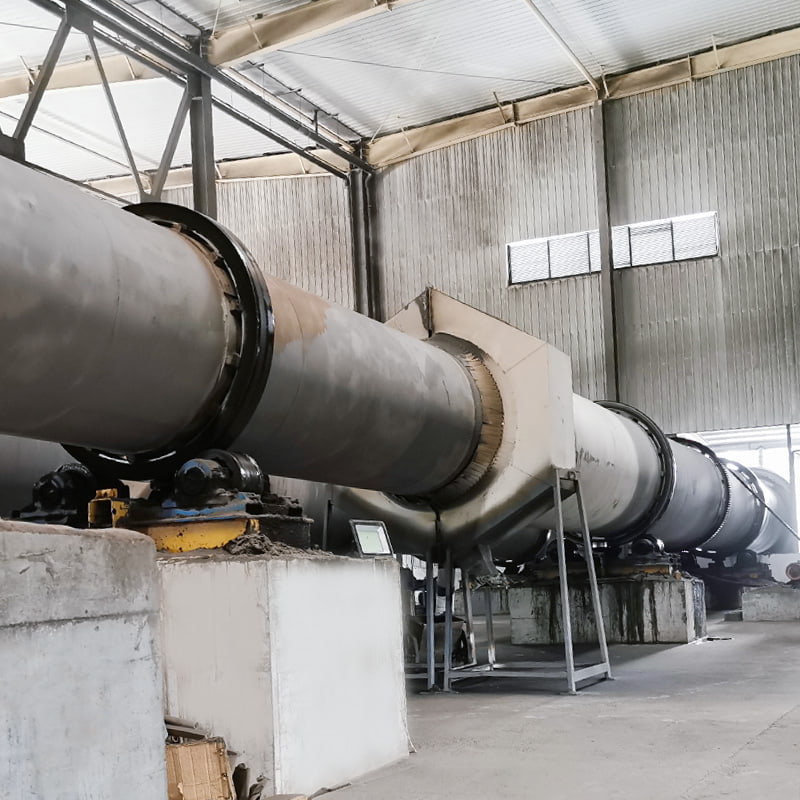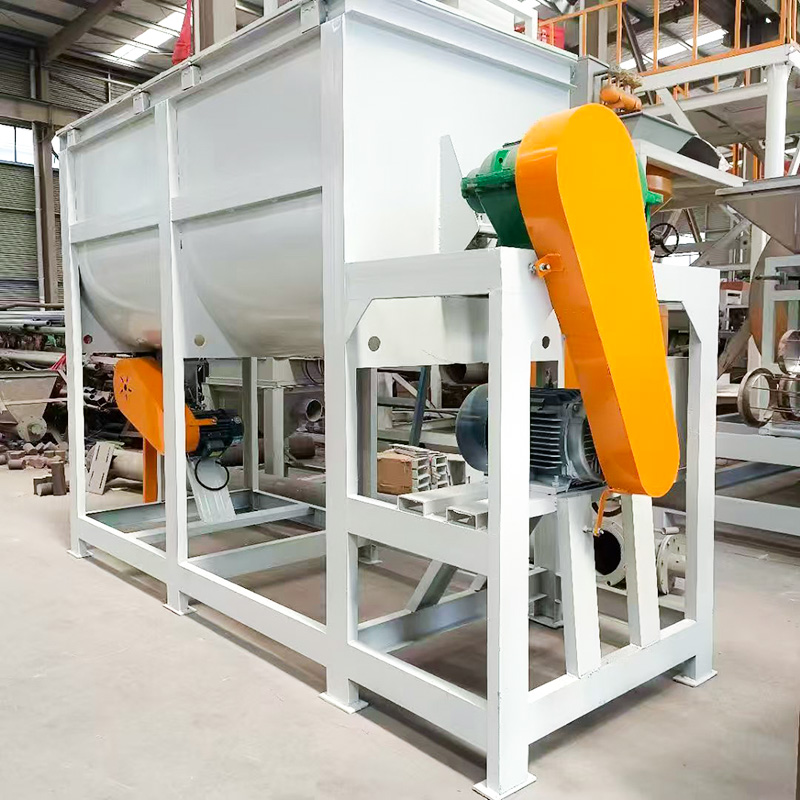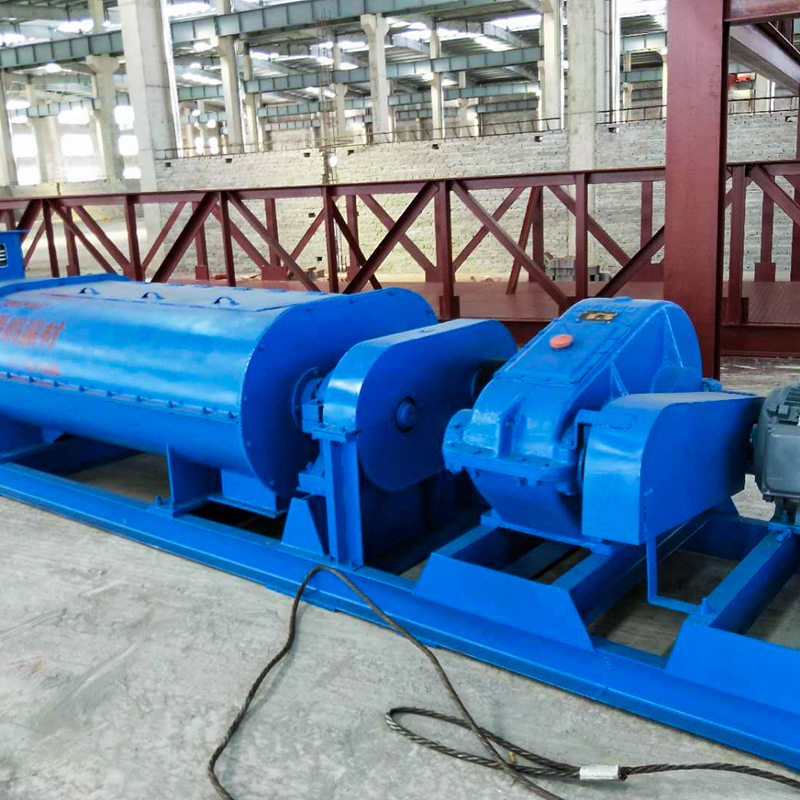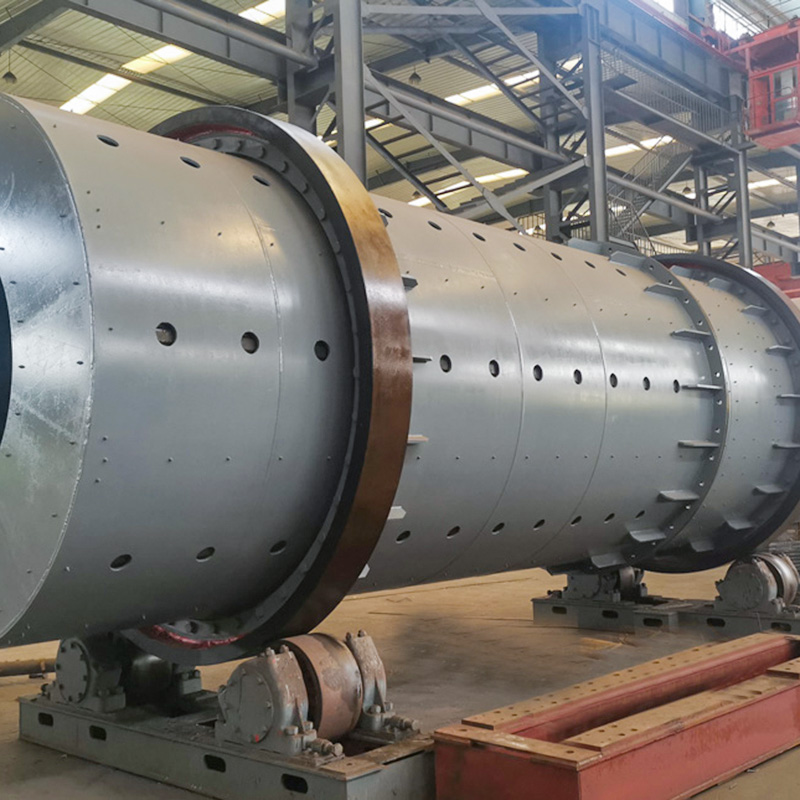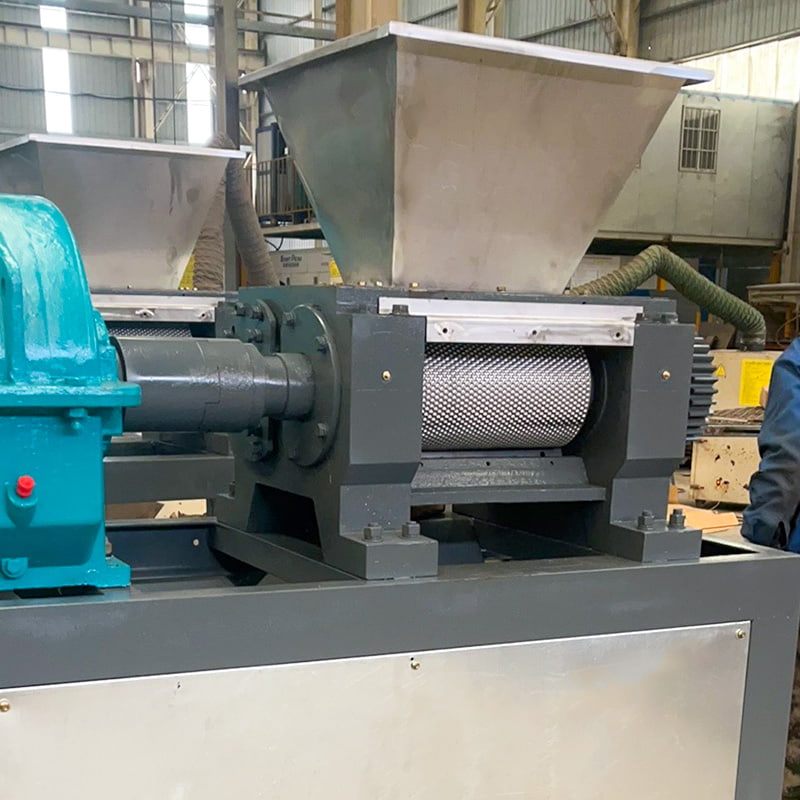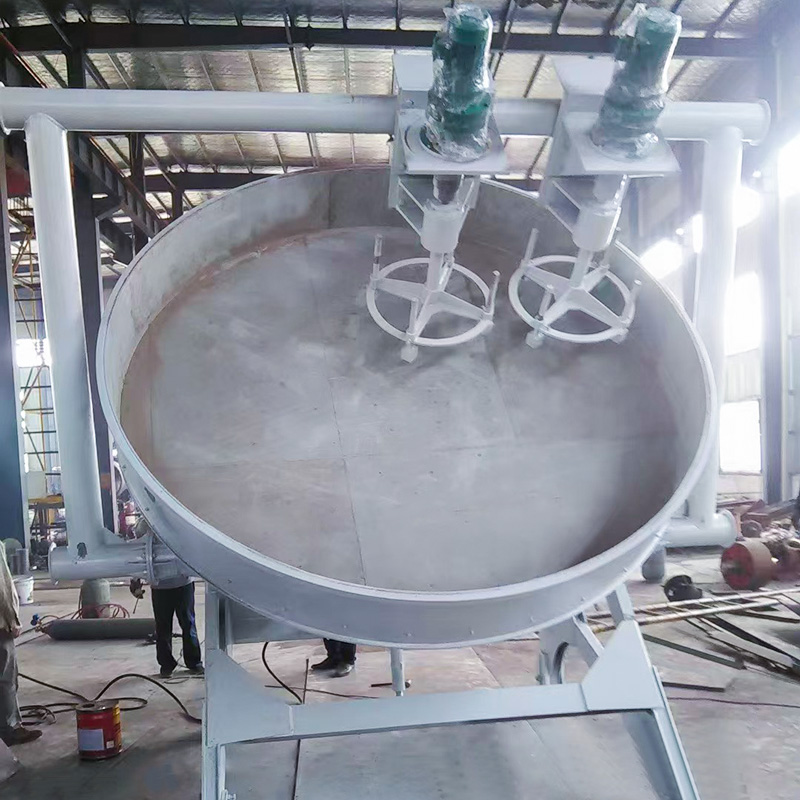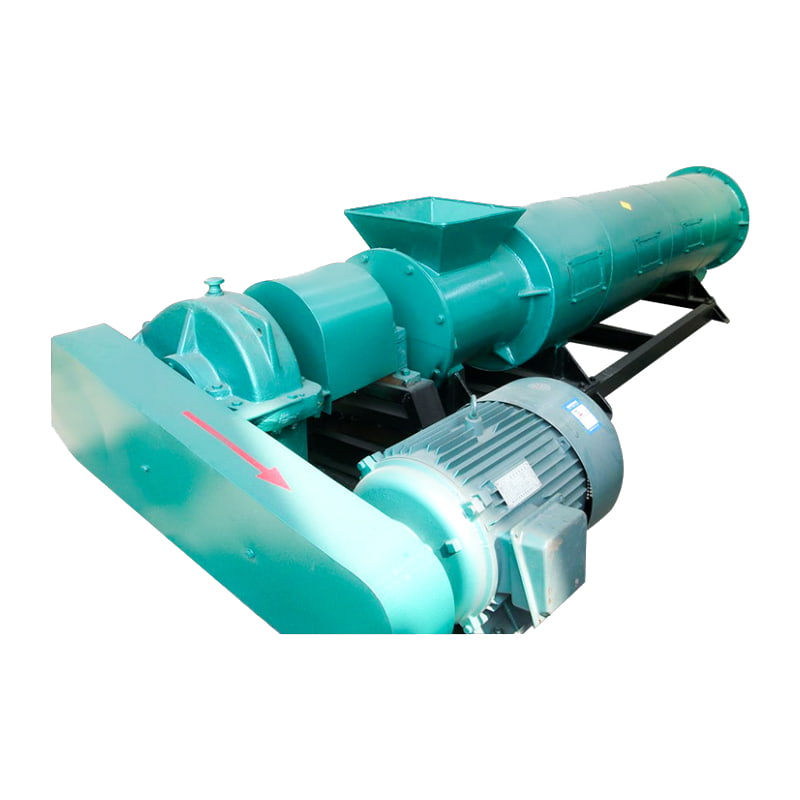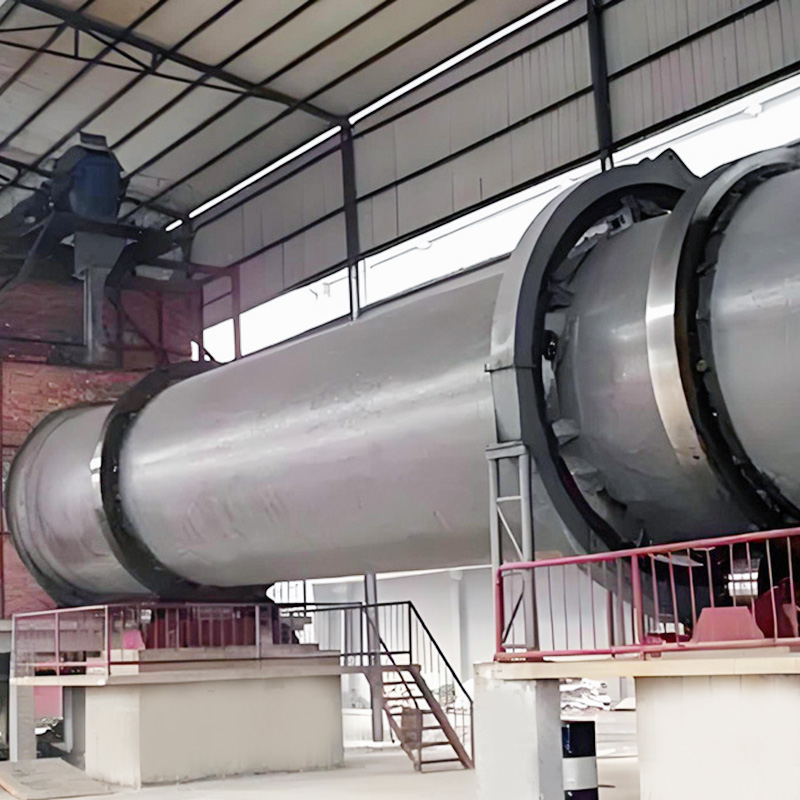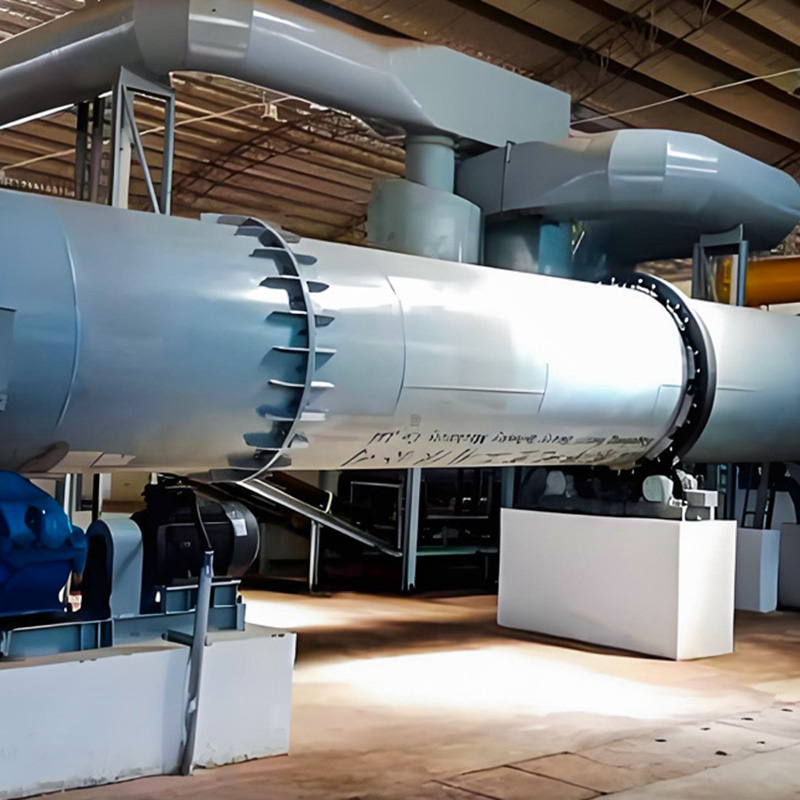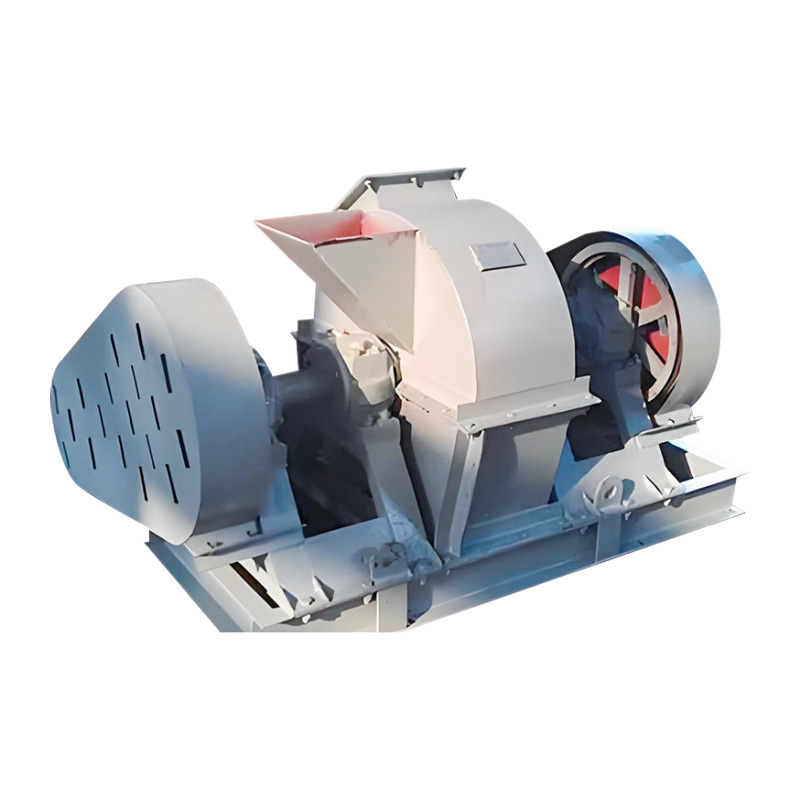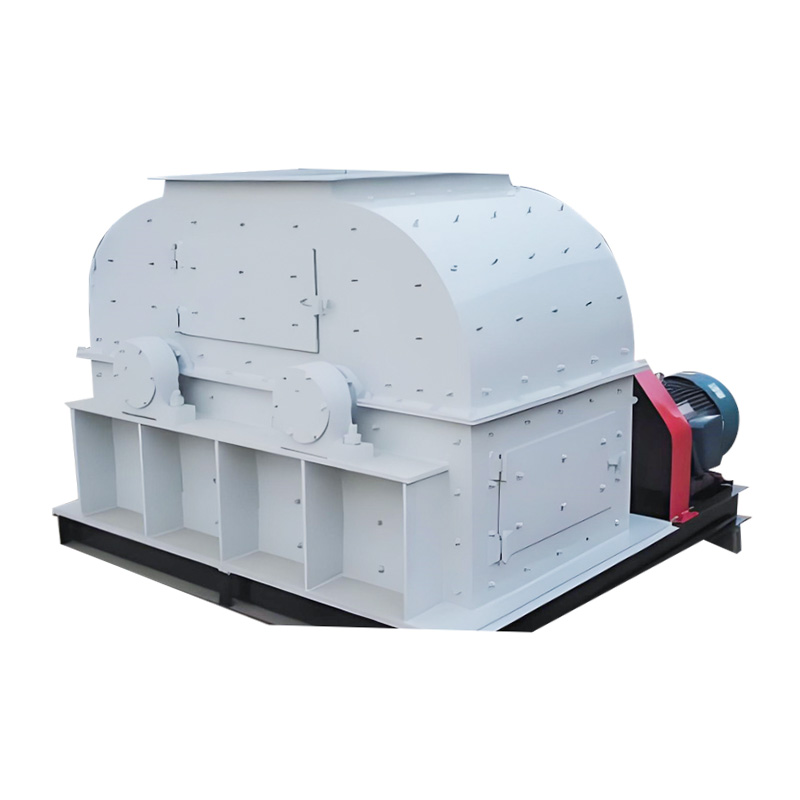Coal fired boilers in thermal power plants burn coal gangue with a certain proportion of particle size. The particle size of the coal in the coal mine is uneven, and most of the material particles in ...
READ MORECeramsite Rotary Kiln
Ceramic pellet kilns are primarily used to calcine finished ceramic pellets. They are classified into two types: single-drum rotary kilns and double-drum interlocking rotary kilns. Double-drum kilns are further divided into preheating kilns and roasting kilns. The preheating kiln is used for drying and preheating, while the roasting kiln is used for firing. They are widely suitable for calcining and producing ceramic pellets from a variety of materials, including sludge, clay, yellow mud, riverbed silt, fly ash, shale, and slag. They are key equipment in ceramic pellet production lines, featuring high unit volume, long kiln life, high operating efficiency, stable operation, high heat transfer efficiency, and low heat consumption, making them ideal equipment for ceramic pellet calcination.
-
SPECIFICATIONS
-
CONTACT US
-
Applications
Primarily used in the construction ceramic pellet industry to roast materials such as sludge, clay, fly ash, shale, coal gangue, contaminated soil, and construction waste.
Product Introduction
As a new environmentally friendly material, construction ceramic pellets have found widespread application in the construction industry. They can be made into new materials such as wall panels, floor slabs, and lightweight concrete, and can also be used for thermal insulation, water treatment, and purification. The rotary kiln is a key piece of equipment in the production of building ceramsite. Its performance directly impacts the quality and production cost of the finished ceramsite.
Highlights
● The rotary kiln utilizes variable frequency drive for high efficiency and low power consumption.
● Low fuel consumption per unit product, negative pressure operation, and minimal dust pollution.
● Simple process flow, simultaneously completing drying, granulation, and calcination.
● Compact layout, lightweight system equipment, and low investment.Operating Principle
Semi-finished ceramsite is fed into the kiln through a chute at the tail end of the preheating kiln. Due to the inclination and slow rotation of the kiln, the semi-finished ceramsite rolls circumferentially and moves axially from the tail end of the preheating kiln to the head end of the roasting kiln. Fuel is injected into the kiln from the head end of the roasting kiln through burners for combustion. Heat is transferred to the semi-finished ceramsite through various methods, including radiation, convection, and conduction. During this process, the semi-finished ceramsite is dried and preheated before entering the roasting kiln for roasting, undergoing various physical and chemical reactions to form ceramsite. The ceramsite is then discharged from the head end of the roasting kiln into a cooler. The high-temperature flue gas enters the kiln tail dust removal system from the tail end of the preheating kiln. -
Message Feedback
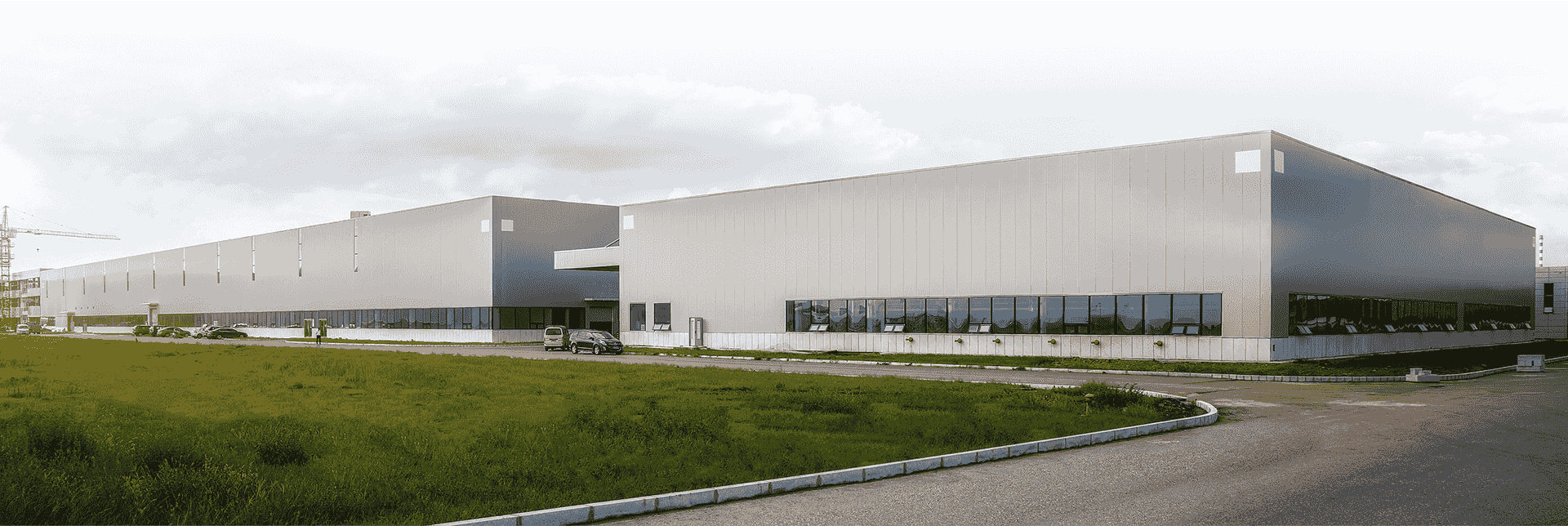
-
-
The grinder adopts a stepless speed control system, which can easily adjust the grinding speed suitable for grinding various components. Adopting an electric pneumatic proportional valve closed-loop f...
READ MORE -
In a significant stride towards bolstering agricultural productivity and sustainability, our company is proud to announce the launch of our state-of-the-art Compound Fertilizer Production Line. This i...
READ MORE

 En
En
 English
English  Français
Français  русский
русский  中文简体
中文简体  عربى
عربى  Español
Español 
